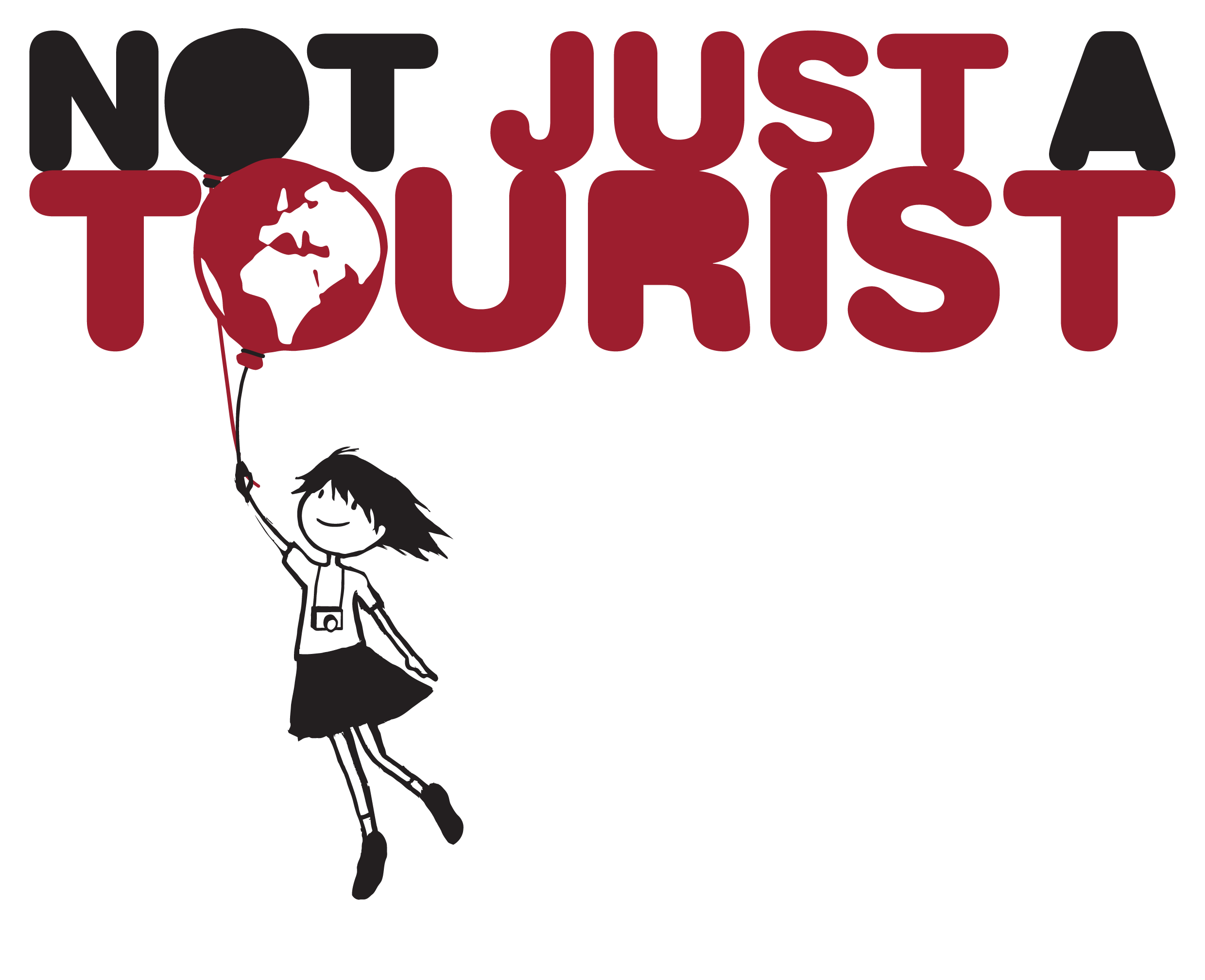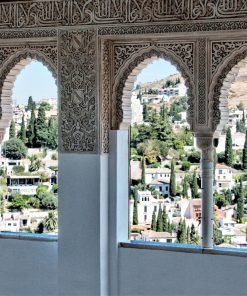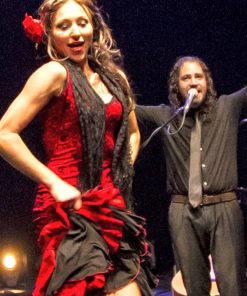Seville is the perfect place for a winter getaway. The lights are up, the air is filled with the scent of roasted chestnuts and there’s an atmosphere of wonder and joy. While it certainly feels chillier in the morning, sunseekers will be glad to know that winter temperatures often reach a lovely 20°C/68°F by the afternoon. The ‘onion method’ prevails in Seville – wrapping up in the morning then peeling the layers off as it warms up through the day! Thanks to the pleasant weather, outdoor activities are very popular during the winter season. Why not join us on a horseriding trek through Andalusian olive groves or a relaxing day hike?
With so much to see and do over the coming months, we’re here to show you the best of the festive season with our ultimate guide to winter in Seville.
Christmas Markets
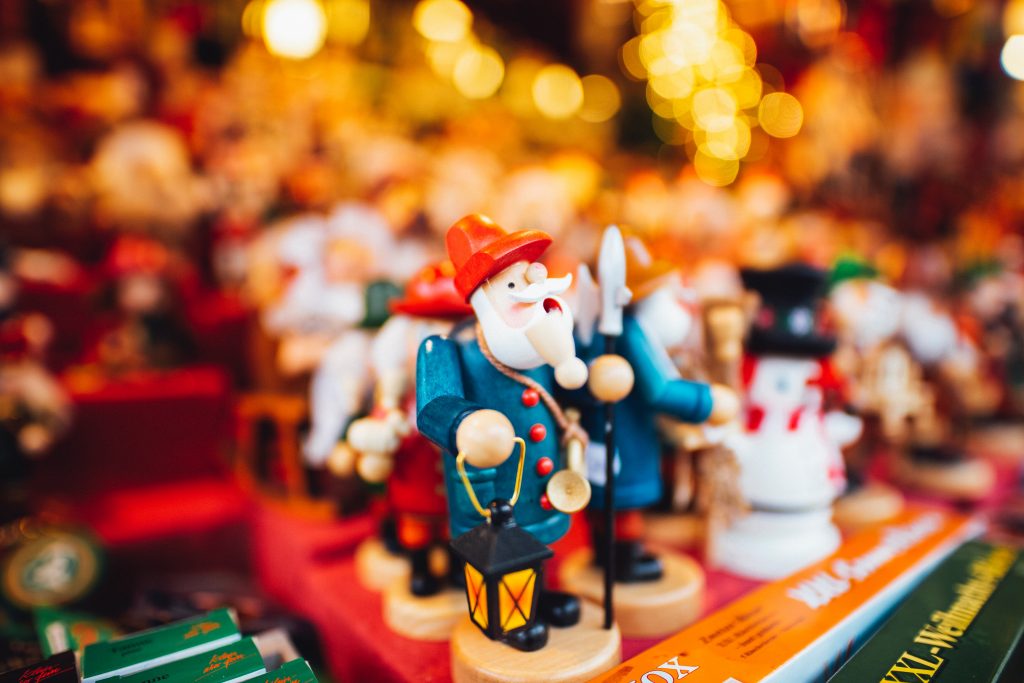
The Christmas markets of Seville signpost the start of the festive season! The most famous market in Seville Feria de Belen is located outside the Cathedral and runs this year from the 12th of November to the 23rd of December. Feria de Belen is dedicated to handmade, one-of-kind nativity scene figures, a business Sevillianos take very seriously! Check out our blog on the Christmas markets of Seville for an in-depth look into this exciting holiday tradition.
Galleries & Museums
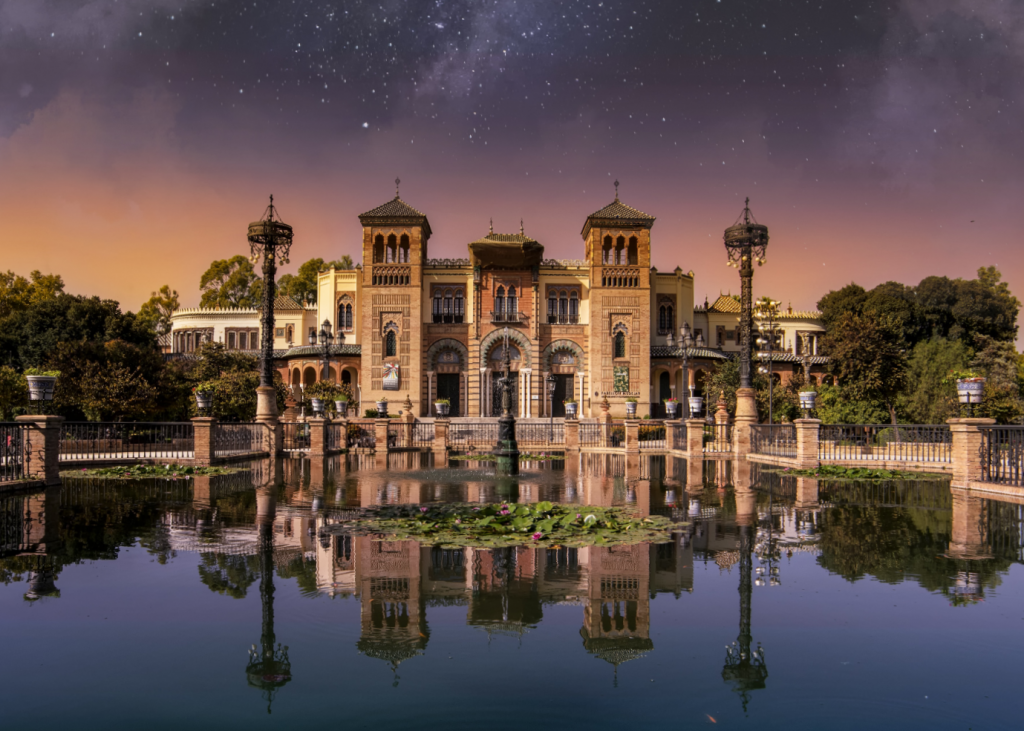
Southern Spain boasts the best weather in Europe, and with the majority of the tourists gone, winter is the perfect time for a day trip to Ronda & the White Villages or the majestic Alhambra of Granada.
Occasionally though, there is a rainy day over the Winter season. A perfect opportunity to explore Seville’s fascinating museums and art galleries.
The Museo de Bellas Artes is one of the most significant museums in Spain. It exhibits paintings of the Seville School featuring works by Murillo, Valdés Leal, Zurbarán and El Greco. The horrifying history of the Spanish Inquisition can be uncovered in the Museo Arqueológico (pictured above) which includes exhibitions from the Roman Empire to the Middle Age (15th century). Museo Del Baile Flamenco captures the culture of the city, the birthplace of flamenco. Here you’ll discover the stories of famous dancers and the history of the different styles of Flamenco. For a more hands-on introduction to flamenco, why not join our flamenco dance class and learn some moves from a world-renowned expert! Or indulge in culture on our exclusive flamenco and tapas evening.
Festive Food
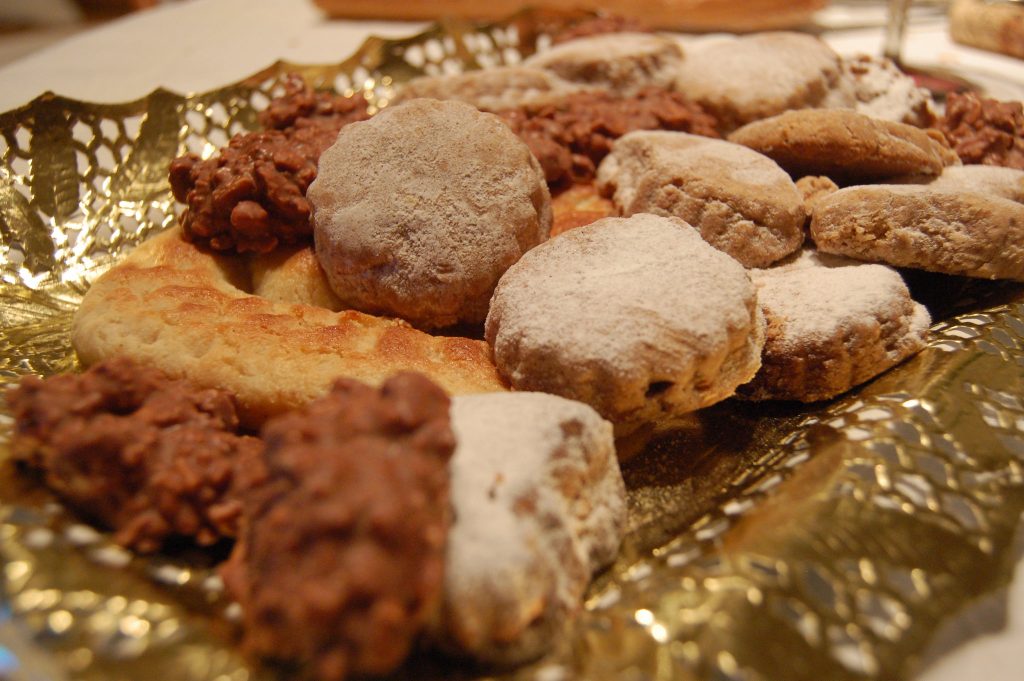
Polvorones are a well-known Spanish festive sweet. Shortbread biscuits, native to Andalucia, famous for their crumbly consistency. These delightful, melt-in-your-mouth treats come in a variety of flavours, such as vanilla or cinnamon. You’ll find them in Confeterias around the city during the holidays.
Another traditional Andalusian biscuit, pestiños are also popular around Christmas time. Typically, the dough is flavoured with aniseed or sesame seed and fried in olive oil, then dipped in honey, or dusted with sugar.
Did you know some of the best sweets in Seville are made in convents by cloistered nuns? The nuns aren’t able to go into the outside world. Depending on the convent, may not even be able to look directly at outsiders! However, they’re responsible for some of the finest delicacies in the city and they welcome outsiders to try them. From pastries to marmalade, you won’t want to miss out on these handmade treats! On our off-the-beaten-path tour, you’ll visit the nuns and have an opportunity to buy some of their delicious produce. Now that would make for a unique Christmas gift!
El Gordo
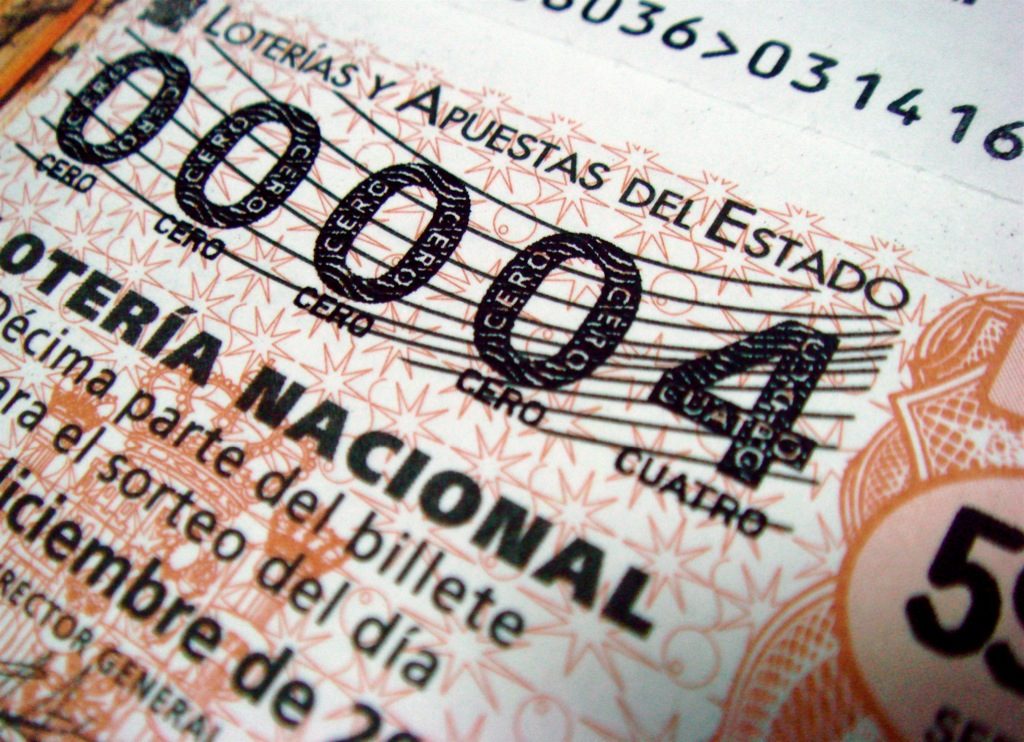
The El Gordo lottery, which translates as ‘The Fat One’ is the biggest jackpot in Europe and a Christmas tradition. Since the 1800s, on the 22nd of December every year, people gather to hear if they’ve won a share of the grand prize. Anticipation for the draw begins weeks in advance, culminating in a very festive ceremony in which schoolchildren sing the winning numbers during a 3-hour televised event! With the odds of winning around one in six, no wonder the Christmas lottery has the whole nation hooked!
New Years Eve

No winter guide would be complete without suggestions for how to spend the biggest night in Seville! Most Sevillanos have a meal with family before going out. While many people choose to eat at home, it’s becoming common to eat at a city-centre restaurant, so get your reservations in early! Here’s our guide to the best restaurants in Seville. After dinner, rush outside to a plaza to ‘comer las uvas’. The quirky tradition of eating 12 grapes, one for each stroke of midnight, is observed all over Spain. Finally, check out our nightlife guide for inspiration on the top spots to see in 2020!
